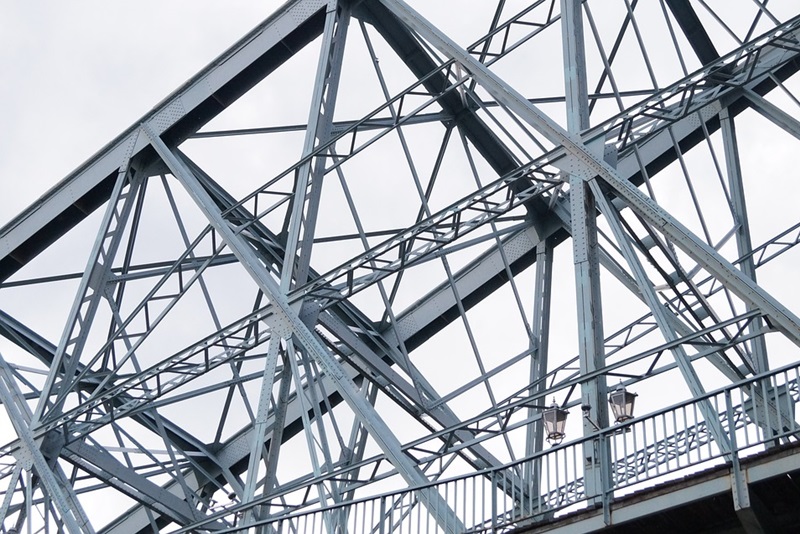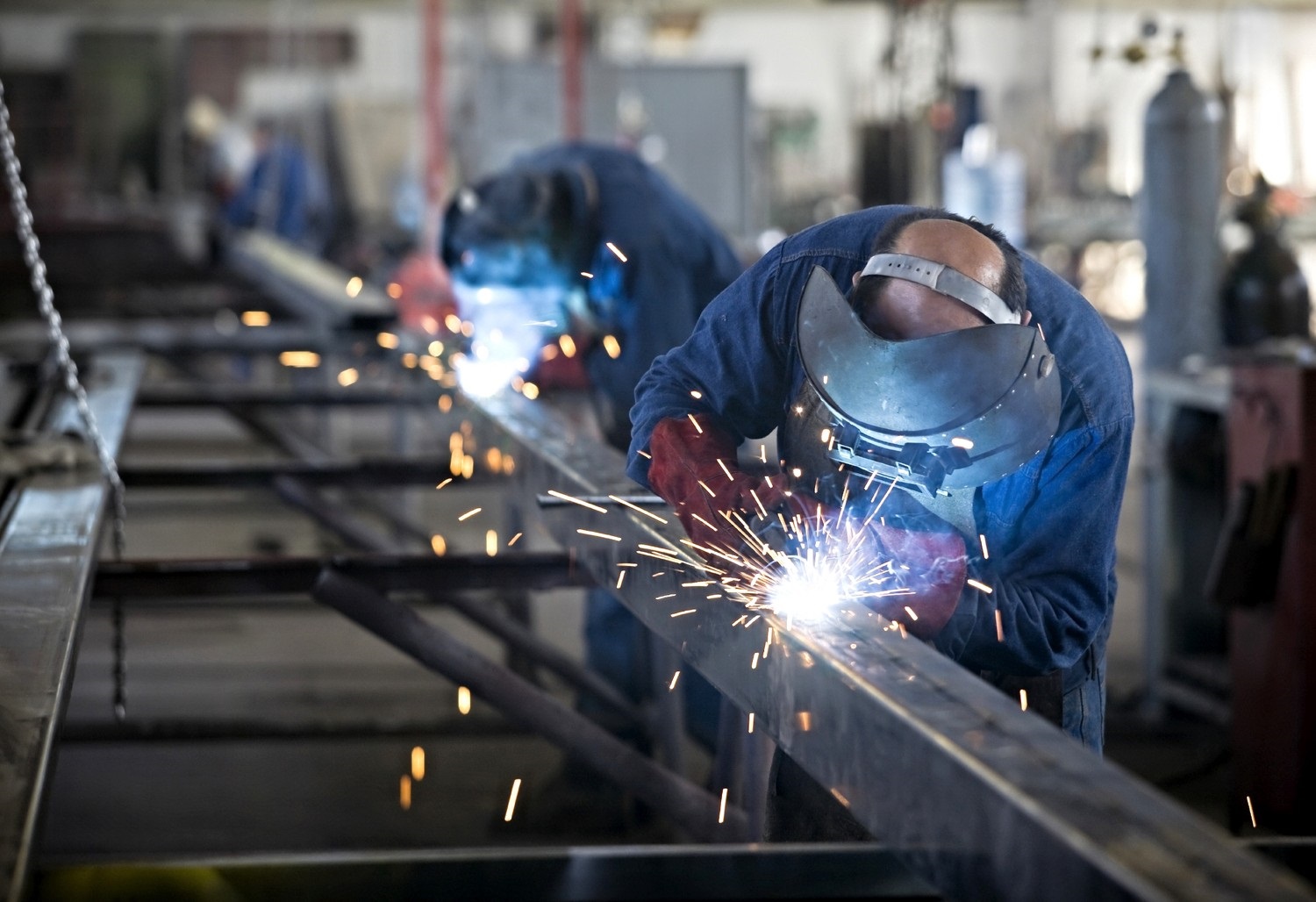Cutting-Edge Metal Fabrication Melbourne: Custom-made Solutions for Every Job
Cutting-Edge Metal Fabrication Melbourne: Custom-made Solutions for Every Job
Blog Article
Cutting-edge Fads in Steel Manufacture: Enhancing Longevity and Accuracy
In the realm of steel fabrication, the quest of resilience and accuracy has actually resulted in a wave of cutting-edge patterns that are improving the sector. From innovations in welding innovations to the integration of robot automation in fabrication processes, the landscape of steel production is advancing swiftly. High-strength alloy growth, combined with the application of 3D modeling and simulation software program, is pushing the borders of what is possible in terms of structural stability and accuracy. The expanding emphasis on sustainable techniques in steel manufacturing is not only driving efficiency however also fostering a much more eco aware approach to manufacture. These trends are not simply shaping today however likewise laying the foundation for the future of steel manufacture, guaranteeing more enhancements in toughness and precision.
Advanced Welding Technologies
In the world of steel construction, the fostering of cutting-edge welding innovations has dramatically transformed the industry's strategy to achieving exceptional top quality and accuracy in architectural welds. Advanced welding technologies, such as laser light beam welding and rubbing stir welding, have arised as game-changers in the field. By leveraging these sophisticated welding strategies, steel producers can raise the resilience, strength, and accuracy of their architectural welds, fulfilling the progressively demanding needs of modern-day building jobs.
Robotic Automation in Fabrication
Embracing robot automation has ended up being a foundation of modern steel construction methods, improving procedures and enhancing effectiveness throughout the industry. Robots are revolutionizing the means steel elements are made, supplying unequaled accuracy and speed while lowering human mistake. These automated systems can deal with repeated jobs with consistent precision, leading to better output.
One secret benefit of robotic automation in steel manufacture is the ability to work around the clock without fatigue, significantly enhancing manufacturing result. This continual operation lessens downtime and speeds up task timelines, inevitably conserving prices for manufacturers. In addition, robots can be programmed to do detailed tasks that might be challenging or hazardous for human employees, boosting safety in the office.
In addition, robot automation makes it possible for smooth combination with other digital innovations, such as computer-aided style (CAD) software and Web of Things (IoT) systems (steel fabricators melbourne). This interconnected method boosts communication in between various phases of fabrication, optimizing workflows and making sure real-time tracking and control. As the steel manufacture industry remains to develop, robot automation stands apart as a transformative force driving efficiency and precision in manufacturing procedures

High-Strength Alloy Development
The improvement of high-strength alloy growth in steel fabrication is improving the sector's technique to enhancing product longevity and performance. High-strength alloys are engineered to exhibit premium mechanical buildings, such as boosted tensile strength, sturdiness, and deterioration resistance contrasted to conventional steel qualities. By integrating these innovative alloys into manufacture processes, makers can generate elements that stand up to greater anxiety levels and rough settings, resulting in even more dependable and sturdy end items.
One key benefit of high-strength alloy advancement is the ability to reduce material density without endangering architectural honesty. This not only results in lighter-weight components but additionally adds to cost financial savings and improved effectiveness in manufacture and setting up procedures. The enhanced strength-to-weight ratio of these alloys allows for the layout and construction of structures with greater load-bearing capabilities while decreasing overall weight.
3D Modeling and Simulation Software Application
Developments in steel construction processes have been considerably thrust by the combination of innovative 3D modeling and simulation software application devices. These devices enable producers to develop thorough virtual models of their jobs, enabling them to picture the final item with accuracy before any physical work begins. By mimicing various stress and anxiety factors, ecological problems, and structural lots, producers can maximize styles for improved resilience and performance. In addition, 3D modeling and simulation software application enhance the manufacturing process by determining prospective concerns beforehand, decreasing the requirement for expensive rework and lessening product waste.

Lasting Practices in Steel Production
Incorporating sustainable practices into steel production procedures is necessary for minimizing environmental impact and ensuring long-lasting source schedule. One crucial sustainable technique is the adoption of energy-efficient innovations to decrease greenhouse gas exhausts throughout the steel manufacturing process. This consists of using renewable energy sources, such as solar or wind power, to power steel plants and implementing energy-efficient devices to optimize energy use.
Another crucial facet of lasting steel websites manufacturing is the liable sourcing of resources. This entails making sure that the iron ore and other resources utilized in steelmaking are gotten from environmentally pleasant and ethical resources. By advertising openness in the supply chain and adhering to strict ecological requirements, steel suppliers can decrease the unfavorable effects of source extraction on regional ecosystems and neighborhoods.

Final Thought
To conclude, the innovative trends in visit the website steel manufacture such as sophisticated welding innovations, robot automation, high-strength alloy development, 3D modeling and simulation software application, and sustainable methods are enhancing the sturdiness and precision of steel items. These advancements are reinventing the steel fabrication market by boosting sustainability, top quality, and performance. It is clear that the future of steel manufacture exists in embracing these sophisticated technologies to satisfy the demands of contemporary construction and manufacturing industries.
In the realm of steel construction, the pursuit of durability and accuracy has led to a wave of innovative patterns that are improving the sector.In the world of steel fabrication, the adoption of cutting-edge welding innovations has significantly changed the industry's strategy to attaining superior top quality and precision in architectural welds. As the steel fabrication industry continues to develop, robotic automation stands out as a transformative pressure driving performance and accuracy in making processes.
Furthermore, recycling and reusing steel scrap and waste materials play a considerable function in boosting the sustainability of steel manufacturing. steel fabricators melbourne.In conclusion, the ingenious trends in steel manufacture such as advanced welding technologies, robot automation, high-strength alloy advancement, 3D modeling and simulation software program, and sustainable practices are improving the longevity and precision of steel products
Report this page